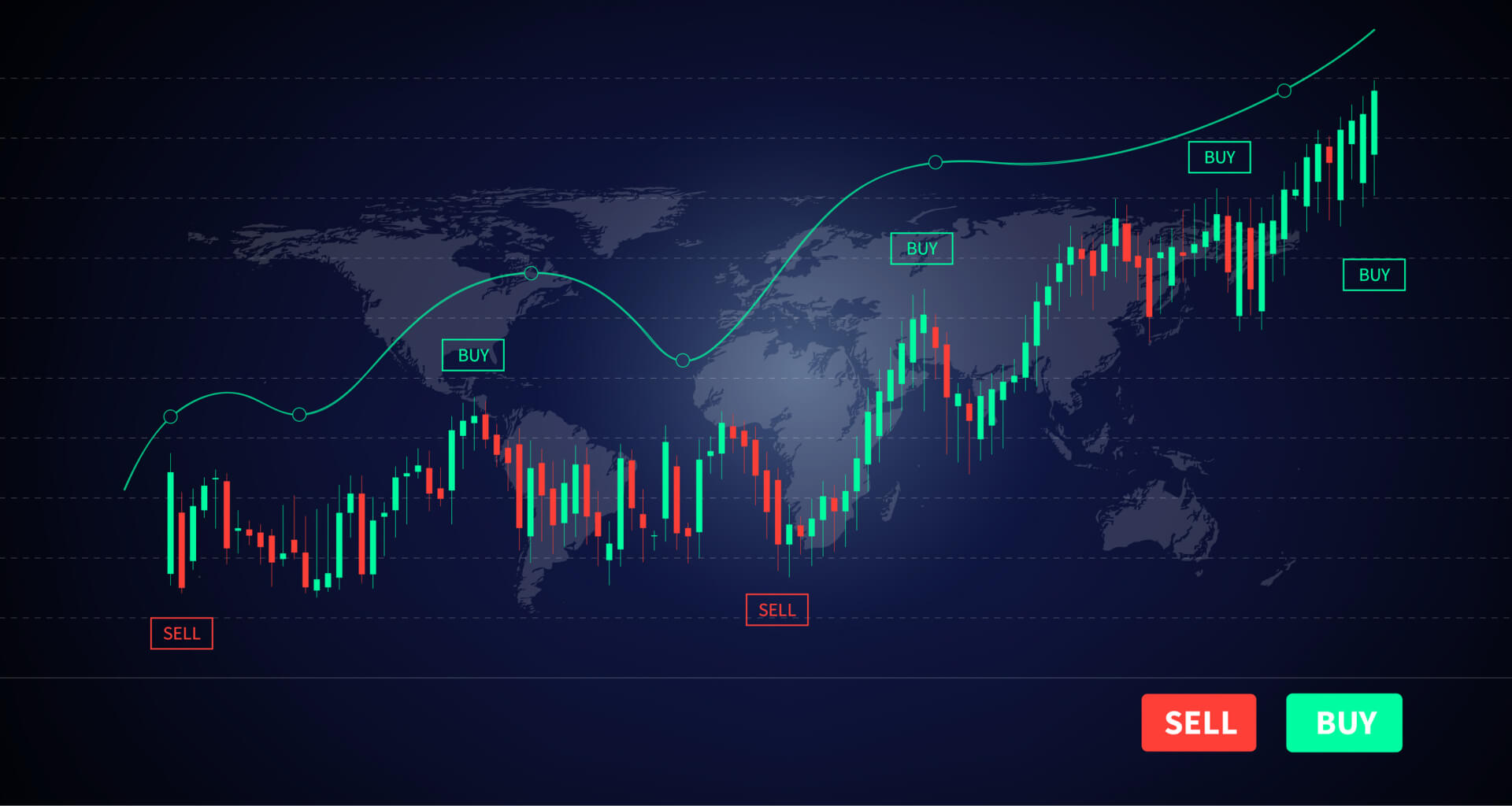Let’s take a brief look at what inflation is and why high inflation is bad for the economy.
Inflation is a sustained increase in the general level of prices of goods and services in an economy over a period of time. This means that, on average, it will cost more money to buy the same basket of goods and services than it did in the past. For example, as of March 2022, inflation in the US is 6.43%. That is, to buy a set of goods that cost $100 at the beginning of the year, you will now have to pay $106.43.
Inflation is often measured using an inflation rate, which is the percentage change in the price level over a given period of time, such as a month, quarter, or year. Moderate inflation is generally considered healthy for an economy, as it can stimulate economic activity by encouraging spending and investment. However, high or prolonged inflation can lead to economic instability, reduce growth, and hurt the most vulnerable members of society.
High inflation is generally considered bad for the economy for several reasons:
- High inflation reduces the purchasing power of a currency, meaning that each unit of money buys fewer goods and services. This can hurt consumers’ and businesses’ ability to buy what they need, leading to decreased economic activity.
- High inflation creates uncertainty about future prices, which can make it difficult for businesses to plan for the future. This can lead to reduced investment, hiring, and growth.
- High inflation can decrease a country’s international competitiveness by making its exports more expensive and imports cheaper. This can lead to a trade deficit, where a country imports more than it exports, and can hurt its economic growth.
- High inflation can hurt individuals on fixed incomes, such as retirees or those with long-term savings, by reducing the real value of their savings and income.
Overall, high inflation can lead to economic instability, reduce growth, and hurt the most vulnerable members of society.
Central banks and governments must work to keep inflation at a moderate level to avoid these negative effects. To combat high inflation, central banks often raise interest rates, which can make borrowing more expensive for businesses and individuals. But such policies have the opposite effect. Ultimately, it can lead to a reduction in investment and economic growth (falling industrials and GDP). Higher interest rates can also lead to higher unemployment, as businesses may reduce investment and hire in response to higher borrowing costs.
Disinflation and stagflation are terms used to describe different types of economic conditions.
Disinflation refers to a situation in which the rate of inflation is declining, but prices are still rising. In other words, prices are rising more slowly than before, but inflation is still present. Disinflation is often seen as a positive economic condition because it can help reduce the negative effects of inflation, such as reduced purchasing power and increased uncertainty.
Example: The United States. and Canada are now experiencing a period of disinflation when inflationary pressures are declining, but prices remain high because of high inflation.
Stagflation, on the other hand, refers to a situation in which the economy experiences both high inflation and a decline in economic growth. This is a difficult economic condition because typical policy measures to combat inflation (such as raising interest rates) can lead to a further decline in economic growth. Stagflation can occur for a variety of reasons, such as a decline in labor productivity or an increase in supply chain disruptions that lead to both higher prices and lower output.
Example: The UK is heading toward stagflation. A decline in GDP on the back of high inflation is a sign of stagflation. This condition is more difficult economically, so that the UK may end up in a recession within 1-2 years.
Have a good trade




